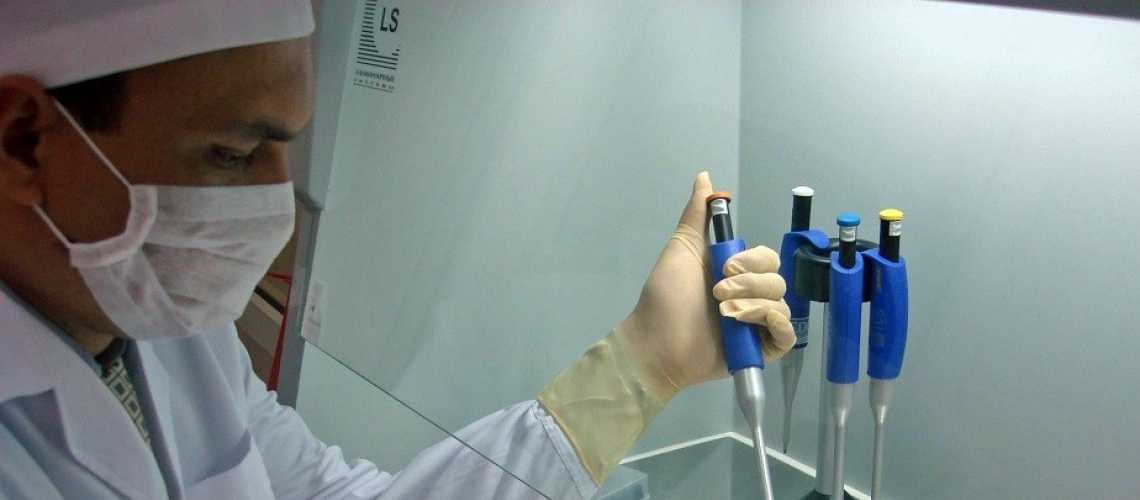
World Bank Blogs
On March 17, Montenegro became the last European country to report a positive COVID-19 test. Since then, the virus has been identified in 201 patients (as of April 4), resulting in two deaths. Over 6,000 citizens are in isolation. Like many developing countries, Montenegro faces significant challenges in responding quickly and effectively to the growing pandemic caused by the coronavirus, including gaining access to necessary diagnostic equipment and expertise. However, there is good news as well.
At the Institute for Public Health in Podgorica, the capital city, doctors conduct very sensitive tests to detect the presence of the coronavirus where there is suspicion in patients. Like many colleagues worldwide, they rely on highly specialized equipment, such as the RT-PCR machine for real-time reverse transcription polymerase chain reaction, which is the most reliable method for virus detection according to the International Atomic Energy Agency (IAEA). The Institute acquired the machine in 2015, with the support of the Higher Education and Research for Innovation and Competitiveness (HERIC) project, funded by the World Bank, which focused on strengthening higher education and research at universities in Montenegro. This investment is paying off right now, at a time when the country needs sophisticated technology the most.
As part of the HERIC project, dr. Igor Pajović, from the University of Montenegro brought the RT-PCR machine to the Institute and provided training for its staff. dr. Pajović says,”Now, with the outbreak of COVID-19, the Institute can use this sensitive test to quickly and efficiently detect infected patients and develop appropriate measures to combat the COVID-19 pandemic.”
Another university in the capital, the University of Donja Gorica, received valuable equipment and knowledge through the HERIC project. The ProDe Laboratory at UDG now possesses state-of-the-art equipment for 3D printing, scanning, modeling, as well as for mechanical testing and materials. This technology is now widely used for the production of protective face shields that provide an effective barrier for medical personnel treating COVID-19 patients across the country.
Through the HERIC project, the government demonstrates its commitment to improving the quality and relevance of higher education and research. The Ministry of Education focused on reforming the financing system and ensuring the quality of higher education in the country, while the Ministry of Science worked on strengthening the capacity for innovation, research, and development. All of these measures are vital for the economic development of the country and the creation of new jobs. In addition to creating a stronger environment for the academic and scientific community, the project also facilitated access to cutting-edge training for young researchers in the country. This investment is now yielding results in the rapid deployment of local scientists and technology in the fight against COVID-19.
Minister of Science Sanja Damjanović, phd emphasizes, “Two out of eight academic centers funded by the HERIC project are now directly contributing to the fight against COVID-19 in Montenegro.” She adds, “All of this is another great lesson highlighting the importance of investing in science and research.”
Higher education plays a crucial role in fostering long-term growth in low- and middle-income countries. A highly skilled workforce is a prerequisite for a country’s ability to tackle complex challenges such as the coronavirus epidemic.
Authors:
Roberta Malee Bassett – Global leader for tertiary education and higher education specialist
Danica Ramljak – Senior Consultant for Science and innovation
Taken from WORLD BANK BLOGS


